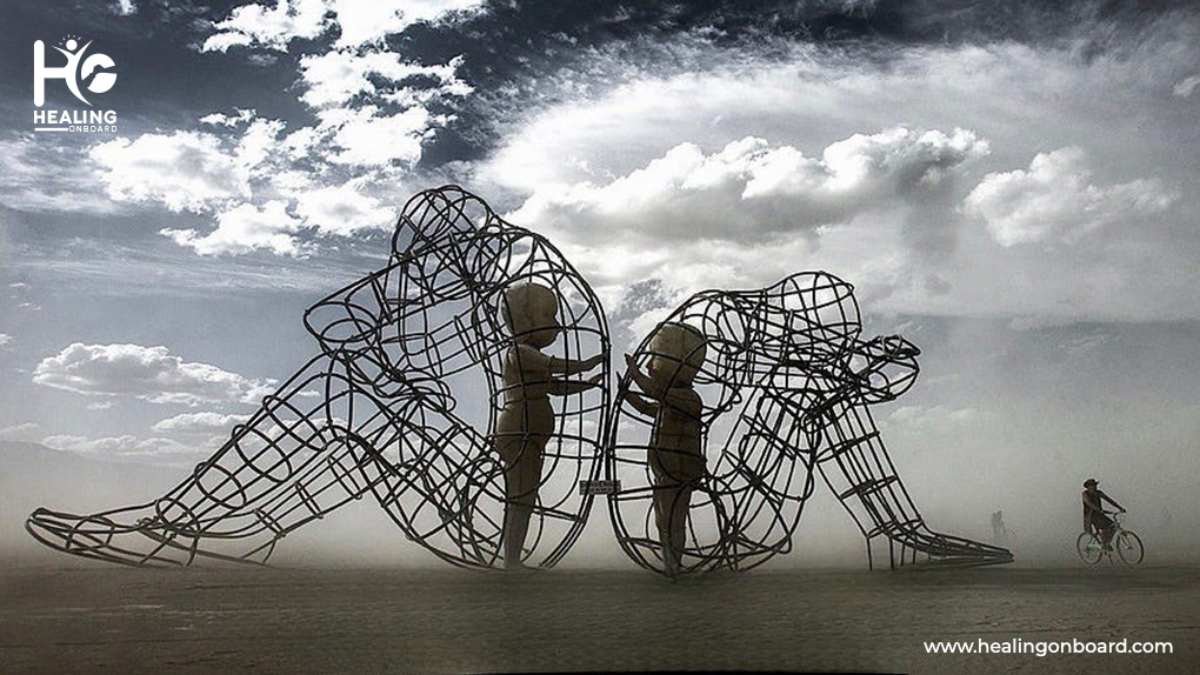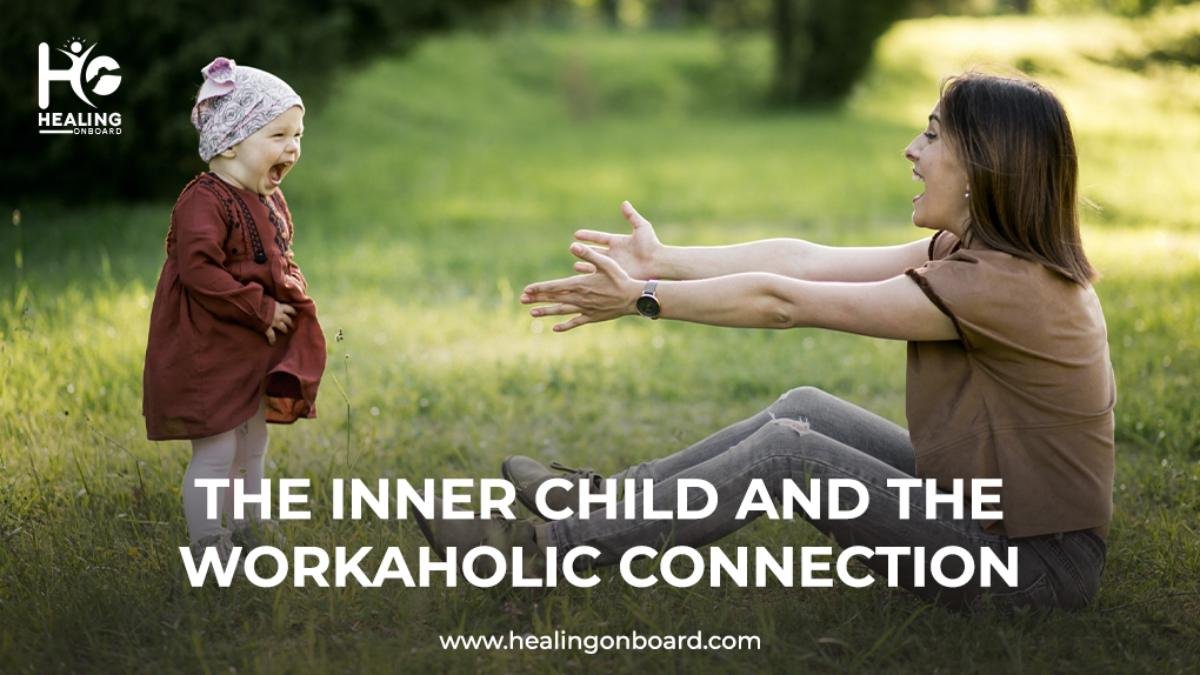Inner child healing is among the therapies used in the healing process, thereby regulating emotional wounds and unmet needs in someone’s childhood.
The whole idea is founded on everyone having an “inner child,” which represents him or her as a young self with all joys, fears, and traumas.
Therefore, understanding what the inner child is forms the first step to healing for people looking forward to being emotionally better equipped.
What is An Inner Child?
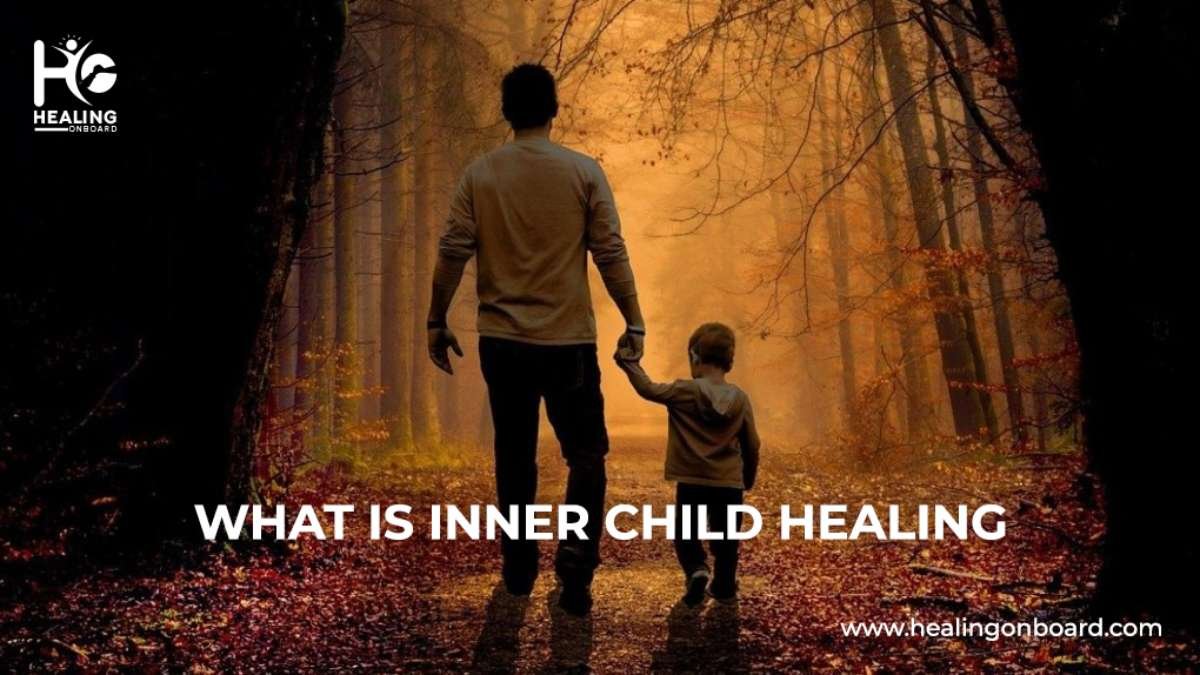
The concept of an inner child is the psychology of all our childhood memories, experiences, and emotions. The inner child can be good or bad.
We speak of a piece of ourselves that still bears the pains of childhood, an experience like neglect, trauma, or abuse. The inner child often influences adult behaviour, relationships, and emotional responses.
What is Healing The Inner Child?
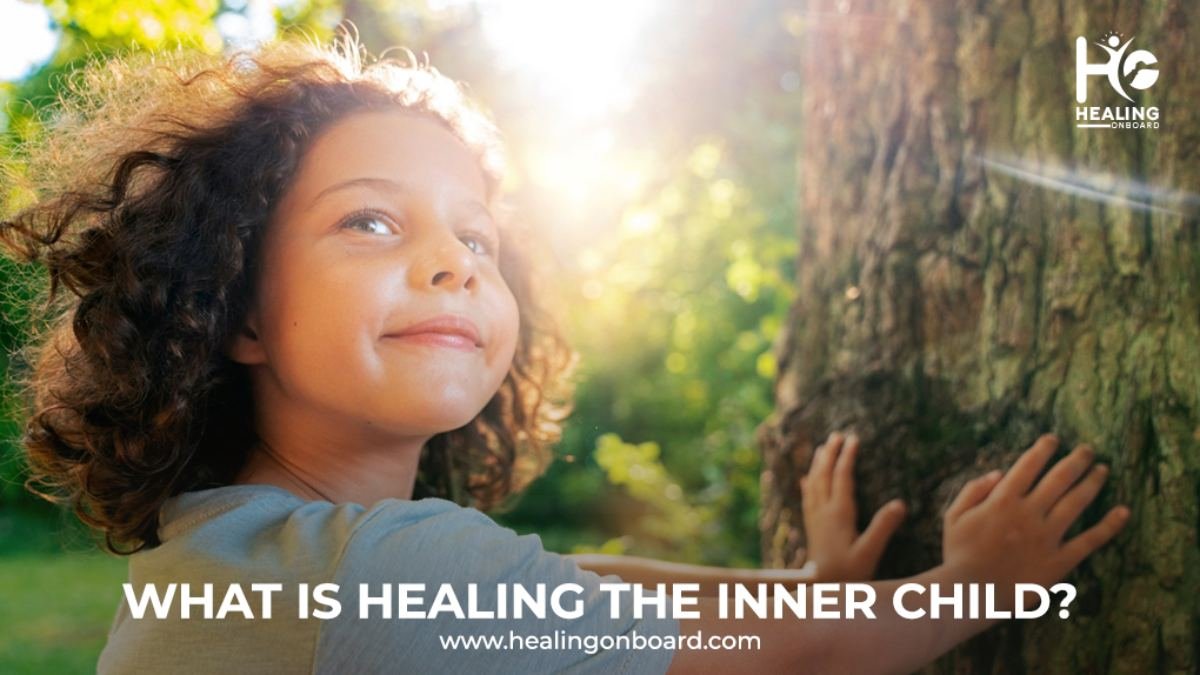
Healing the inner child requires a sense of acknowledgement and care of ourselves.
Because of this, we are faced with the need to confront some images of the past as well as unmet needs. This allows us to cultivate self-compassion and emotional resilience.
What is aimed at here is a loving relationship with our inner child to confront feelings of inadequacy or fear which can come from our formative years.
The Benefits of Inner Child Healing
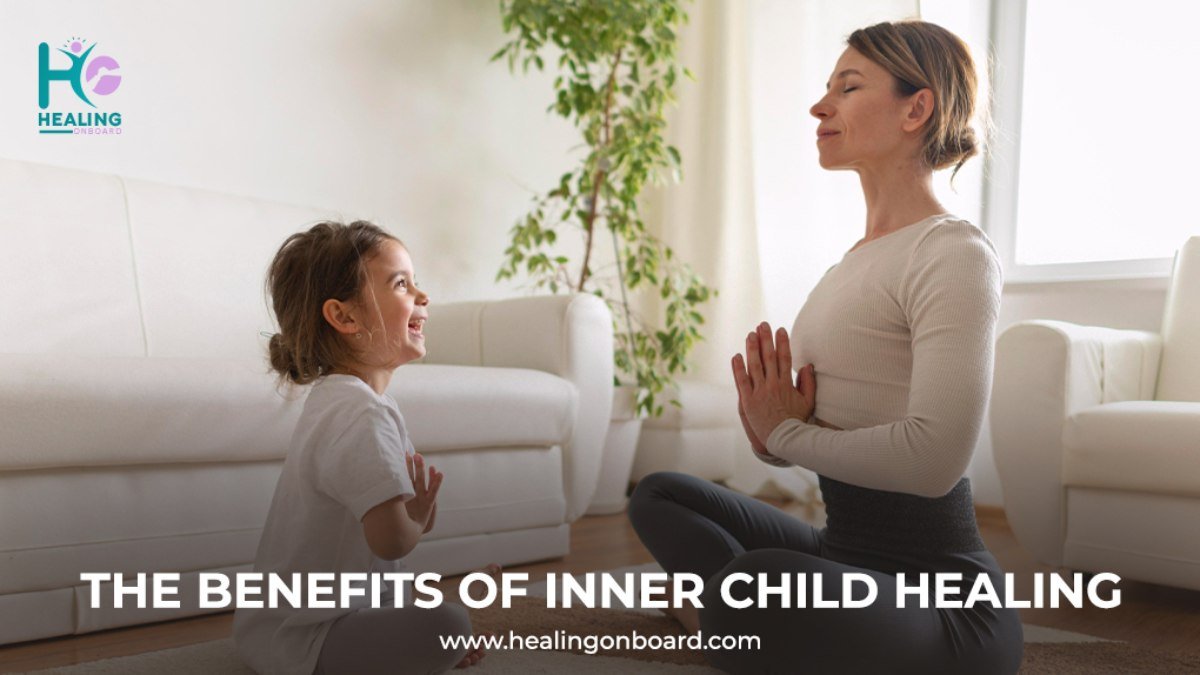
(i) Awareness: People can learn that participating in inner child healing makes them gain awareness of their emotional responses that originated from their childhood. This way, one can determine what heals the inner child so that he or she can see how past experiences define the current emotions and actions.
(ii) Improved Relationships: Adult individuals often have problems with intimacy or with trust as child wounds have shaped their personality. One of the positive impacts of childhood trauma healing is that it may also improve one’s relationships with other people, especially loved ones as this can enhance better ways of communicating and controlling emotions.
(iii) Increased Self-Compassion: When healing the inner child, a person aims at accepting and loving the child’s part of self. In this case, when one nurtures his or her inner child, he or she no longer abuses himself or herself but encourages self-compliment instead.
(iv) Enhanced Creativity: If there is anything to be said about getting back to basics or becoming childlike, it means that you can tap into the creativity and playfulness that gets lost with age. This process helps you to find happiness in life or in other words the ability to become playful.
The Inner Child and The Workaholic Connection
The things inside a workaholic’s circle, such as their relationship with the inner child, reveal that for every unresolved childhood issue, there’s an activity it can take to become a form of excessive work habits.
Most workaholics work to find a way to distract their minds from the emotional pain or feelings of worthlessness they must’ve carried deep back into their childhood.
For example, the child of neglectful or controlling parents may become an overachiever in the workplace as an adult.
Again, such overcompensation often arises from a sense of low self-value created in those early years.
Techniques For Inner Child Healing
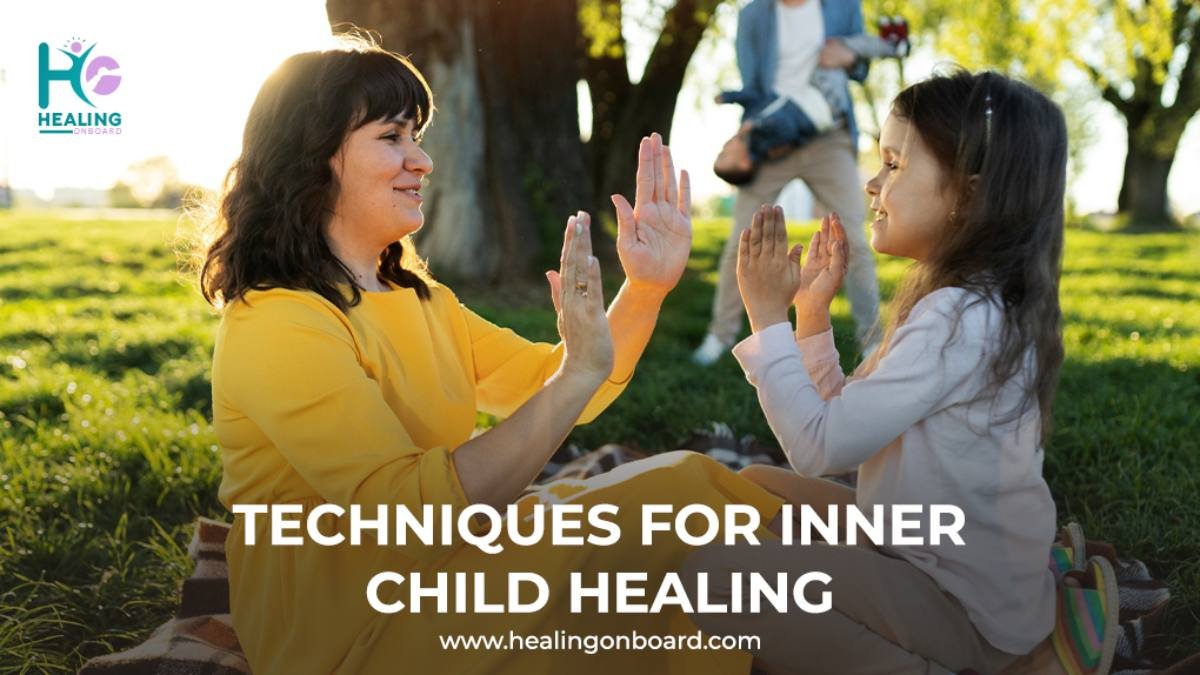
1. Acknowledge Your Inner Child: It is useful to start acknowledging that there is an inner child in every person that requires nurturing. Consider the memories which you have been through during childhood including the happy moments and those that were not so happy.
2. Journaling: Write letters about what you are feeling. Your inner child needs love, acceptance and support. Finally, this technique can assist in putting emotions into words that you may have kept locked up for years.
3. Therapy: If possible, try to get an appointment with a therapist who does inner child healing. They can help you heal in various ways using different methods such as counseling through the use of images or dramatization.
4. Playfulness: Participate in fun activities for children including drawing, playing games, or being close to nature so that the grown-up person can relate with the inner child.
5. Meditation: Perform mindfulness meditation where the focus of the meditation is an inner child. With this technique, you can find ways how to regain contact with this aspect of yourself.
Some Additional Healing Techniques
Role of Self-Compassion in Inner Child Healing
The most crucial aspect of healing an inner child is to develop self-compassion. Often, one would find himself disposed to treat himself with kindness and understanding when he is exposed to setbacks or emotional pain.
This does play an influential role in healing because one would come to realize his feelings without judgment, creating a sheltered space for the inner child.
The Importance of Setting Boundaries
Another aspect of healing your inner child is setting up healthy boundaries in relationships.
Most of these people who grow up without the power to assert themselves or say no to others are filled with resentment and feelings of overwhelm.
Interestingly, the concept of having boundaries empowers your inner child as well as protects your emotional well-being.
Exploring the Impact of Parenting Styles
Reflecting on one’s upbringing helps one know what the inner child needs. Several parenting styles, authoritative, permissive, and neglectful, can very easily affect emotional development.
Knowing how your experiences in childhood connect to your behaviour today helps identify where healing is needed.
Role of Affirmation
Positive affirmations may hold the power of inner child healing. Nourishing or positive affirmations repeated by a person may eliminate negative thought wiring and automatically reinforce a positive self-image.
Examples include “I am worthy of love,” “I honour my feelings,” and “It’s okay to be vulnerable.”
Engaging With Nature
Spend time in nature. Sometimes that inner child just needs to get out of its head and find healing and solace within its mother.
Nature provides a great calm environment that encourages holistic healing and exploration and gives one a chance to wander and introspect.
Hiking, having a garden, or just sitting in a park can bring one a step closer to reunifying with the playful, carefree inner child. The therapeutic benefits it brings offer something close to peace and grounding.
The Impact of Trauma-Informed Care
Individuals highly exposed to significant childhood trauma may enjoy great benefits in engaging in trauma-informed care practices.
This model revolves around the depth of how trauma has impacted an individual’s life and heals the person in a safe environment.
An excellent therapist in trauma-informed care can provide very sensitive, individualized strategies that respect the complexity of your experiences.
Frequently Asked Questions (FAQs)
1. How Can I Know That I Have An Inner Child That Requires To Be Healed?
These are symptoms such as: Difficulty in trusting other people, fear of rejection, tendency to repeat similar patterns in relationships, low self-esteem; or inability to fully experience feelings and impulses.
2. Who Can Practice Inner Child Healing and is it Helpful For Everyone?
Yes! Self-psychotherapy can be helpful for every person, who has experienced some type of loss or trauma in their childhood no matter the current mental health state.
3. How Long Does it Take To Heal My Inner Child?
The time for healing is as different as every person; the healing may take weeks or even years depending on how severe was the person’s past traumas, and how devoted is he or she to the process of healing.
Conclusion
Therefore, knowing what inner child is and addressing this concept in therapy can greatly improve the quality of a person’s emotional life.
Thus, when people deal with their childhood trauma they build a more fulfilling life, which is based on the principles of self-love, strength, and genuine interpersonal relationships.
